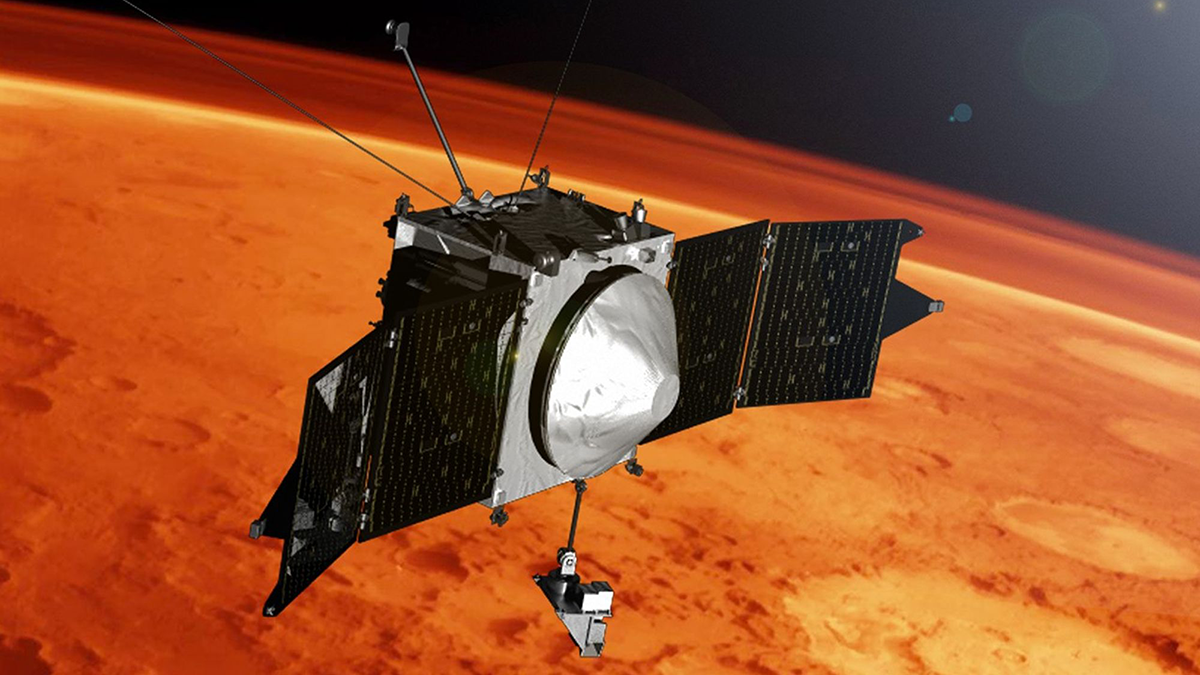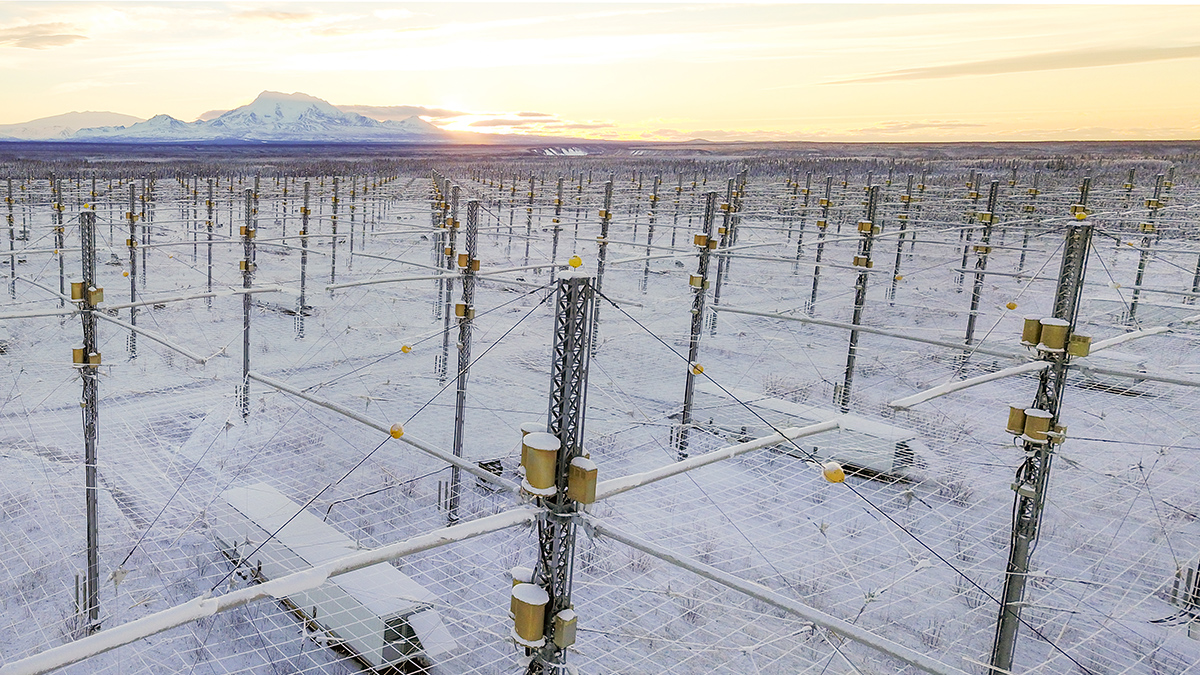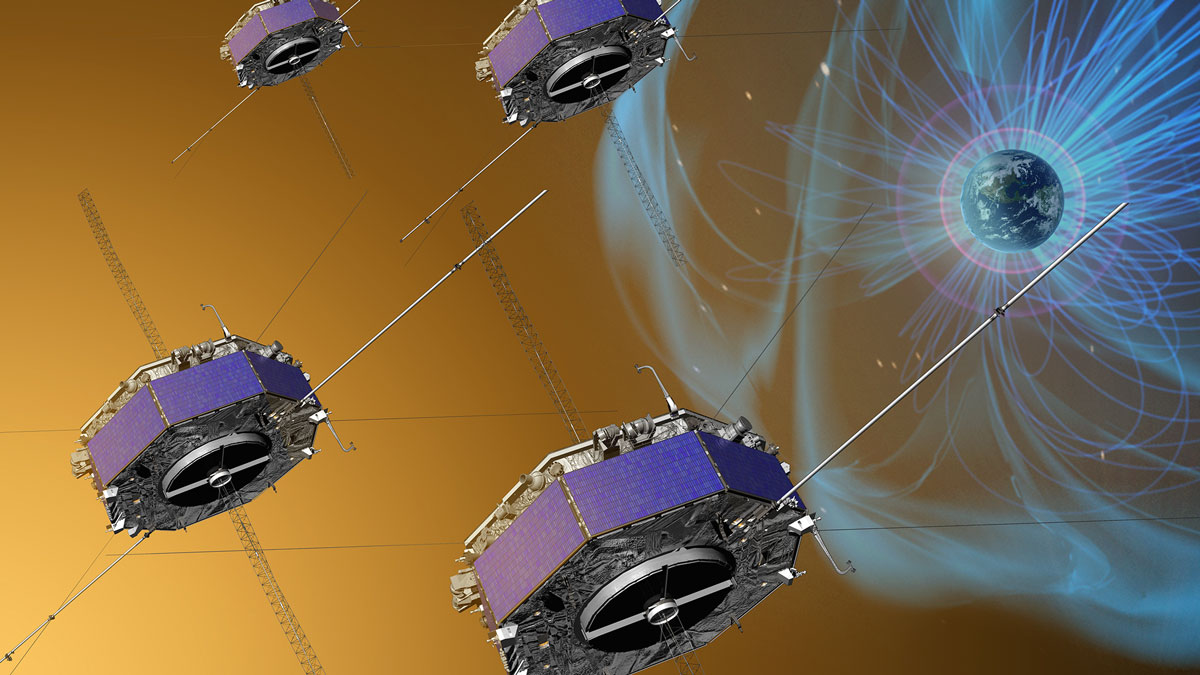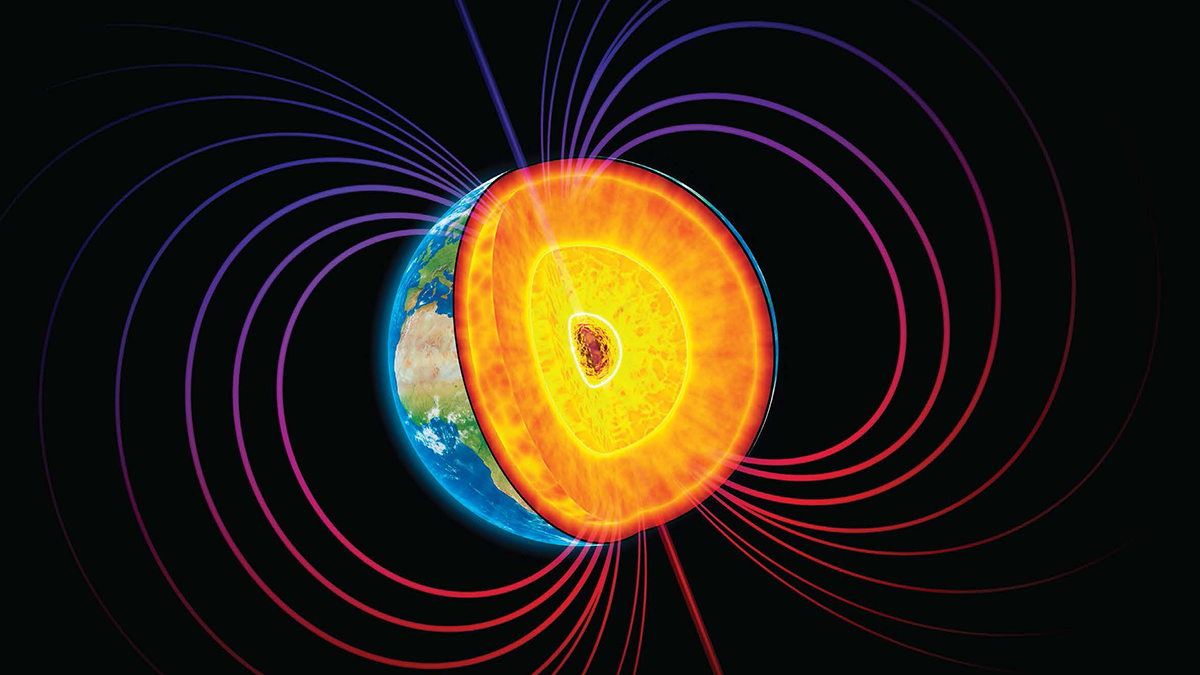Nearly a decade’s worth of data went into the first direct observation of sputtering on Mars, which researchers believe contributed to the loss of the Red Planet’s atmosphere.
geophysics
Nudging Earth’s Ionosphere Helps Us Learn More About It
New observations and simulations capture the physics at play across each of the three main ionospheric regions.
New Insights into an Enigmatic Form of Magnetic Reconnection
A new study deepens understanding of magnetic field behavior recently discovered by NASA in Earth’s magnetosphere.
An Earth System Science Approach to Geophysics
With an underlying universal theme of convection, a new textbook introduces upper-level geology, geophysics, physics, and engineering students to the geophysics behind the Earth System.
The Deep Frontier of Mantle Magma Supply
Compared with crustal magma systems, little is known about the deep sources of volcanic supply chains. Interdisciplinary efforts can help answer key questions about how magma migrates from the mantle.
Radar Reveals Electrical Activity in the Ionosphere
A new method could improve understanding of communication disruptions.
Meteorite Sheds Light on the Moon’s Impact History
Analysis has revealed the South Pole–Aitken basin is significantly older than other impact basins on the Moon, a finding that has implications for the evolution of the early solar system.
Geoscientists Demystify Baseball’s Magic Mud
Taking baseball’s mysterious Rubbing Mud into the lab revealed no magic ingredients—but plenty of useful natural properties from geomaterials.
The Relatively Messy Problem with Lunar Clocks
Using Einstein’s theory of general relativity, physicists found that clocks on the Moon would run 56 microseconds faster than clocks on Earth. That finding will help future lunar missions navigate.
The Origin of the Moon’s Thin Atmosphere Might Be Tiny Impacts
Minuscule meteoroids slamming into the lunar surface could be kicking up most of the atoms that make up the lunar exosphere.










